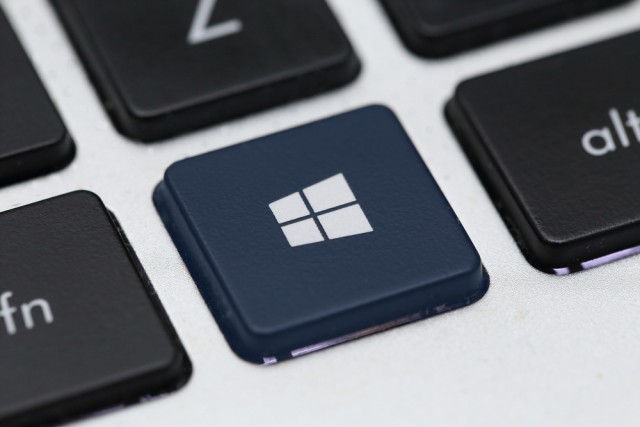
Microsoft releases Windows 10 Fall Creators Update Build 16294 to the Fast ring
With the Windows 10 Fall Creators update coming next month, Microsoft is obviously working very hard to get the operating system in a good state. There have been plenty of Insiders builds, which at this point, are mostly focusing on bug fixes and stability.
Today, Microsoft pushes out Windows 10 Fall Creators Update Build 16294 to the Fast ring. While the change log lists fixes, it strangely does not list any known issues. Surface Pro 3 owners should be happy, as this build finally fixes the dreaded non-boot issue.

'Your Windows Has Been Banned' malware makes an unwelcome return
"Your Windows Has Been Banned" is a nasty piece of malware that first surfaced in 2016. It locks your computer screen and displays a message stating "This PC has been banned for terms of use violations."
It doesn’t go into specifics for the ban -- because, obviously, it’s not a real ban -- but simply says that your PC has been locked in order to "protect the Windows service and its members," adding "Microsoft does not provide details about specific PC bans."
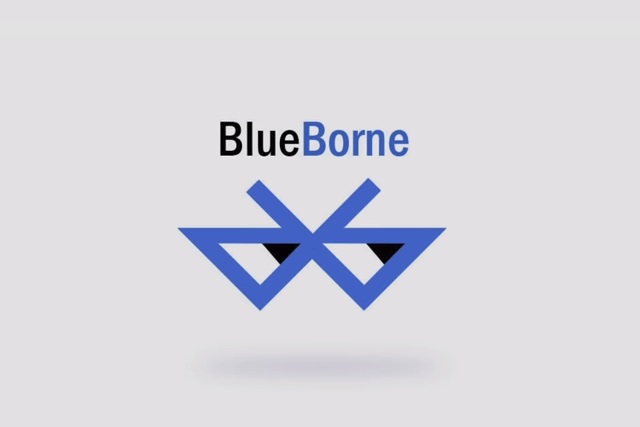
BlueBorne Bluetooth vulnerability 'exposes almost every connected device'
Armis Lab, the Internet of Things security firm, has revealed details of BlueBorne, a Bluetooth vulnerability that affects millions of iOS and Android smartphones, IoT devices, and Windows and Linux systems. In all, 5.3 billion devices are believed to be at risk.
The BlueBorne attack makes it possible for an attacker to spread malware or take control of nearby devices. What's particularly concerning is that for an attack to be successful, there is no need for device pairing, or even for a target device to be in discoverable mode. There's also no need for any sort of interaction by the victim -- everything can happen completely silently in the background.

Novabench 4.0 offers quick and dirty benchmark solution for PC and Mac
Novawave Inc has released Novabench 4.0, a major new update for its Windows and Mac benchmarking tool. Version 4.0 unveils new and updated benchmarks, plus an interface redesign.
The tool opens with updated CPU tests to support the latest processor features, and debuts new graphics tests -- a cross-platform OpenCL GPU compute test, plus Direct3D 11 (Windows) and Metal (OS X) tests. There’s also a new disk read speed test.

Microsoft's Windows Phone failure handcuffs NYPD officers with obsolete technology
Windows Phone isn't just an embarrassment to Microsoft, it has also been a waste of time and money for consumers that were saddled with a poor experience. A lack of apps and unconvincing tile-based user interface meant Windows Phone never really had a chance -- it was pretty much dead on arrival. So, this year, Microsoft abandoned it, leaving many users without support and, ultimately, forcing them to buy new devices.
Unfortunately, not only did Microsoft's failed mobile experiment hurt the average consumer, but businesses and organizations too. One of the saddest cases is the NYPD, which trusted Microsoft and equipped its officers with Windows Phones -- the Lumia 830 and the Lumia 640XL. These brave men and women deserve the best technology and equipment, yet when it came to smartphones, they were given some of the worst. So, now, its officers are effectively handcuffed by obsolete and unsupported tech. Thankfully, according to the NY Post, the department is finally looking to replace these Lumia devices -- at the taxpayers' expense of course. Thanks, Microsoft!

Acronis Revive 2017 will find and recover lost files
We have quite a few external drives, mostly with content we never use. Backed up old data. It wasn’t that long ago we’d backup data to an external drive long before using the cloud.
You could make use of these drives for other purposes (for example, why not shift your music collection on to one), but you go and wipe the contents and then realize, later, you deleted all your old accounts or important photos. The solution is a file recovery application such as Acronis Revive 2017 -- yes, a brand new consumer tool from Acronis.

Microsoft releases Windows Server Insider Preview Build 16267, but forgets to add new features
The Windows Insiders program is both cool and annoying. It is cool because it lets enthusiast users experience new Windows features and contribute feedback to make the operating system better. It is a bit annoying, as these testers aren't paid for their volunteer efforts. Even worse, the Insider builds will seemingly never end, meaning some users will forever be using an unstable operating system. Yes, that is their choice, but sometimes people can't help themselves. Hell, it can be argued that their feedback is tainted, as they are maybe never really experiencing the stable releases.
Microsoft has chosen to expand the Insiders program to Windows Server too. Today, the company pushes out Server Preview Build 16267, but there is something weird -- the company forgot to include any new features! In fact, the announcement literally says "There are no new features in build 16267." OK, yes, I am being facetious (and a bit snarky) when I say Microsoft "forgot" to include features, as technically updates and fixes alone are worthy of a new build. Still, for all the effort put in by the testers, a feature or two would be appreciated -- throw em' a friggin' bone!

Acronis True Image 2018 includes anti-ransomware protection
Backing up your files is essential, especially with the rise of ransomware. No business user can afford to be without their important data, even if some are securely stored in the cloud. By backing up your files, if you suffer from any kind of attack or system error, you can simply use your backup tool to restore a previous state.
However, what happens if you use an external drive to backup your data and ransomware tools lock out your entire computer and connected devices? This is where the brand new True Image 2018 will help as it now includes anti-ransomware protection.
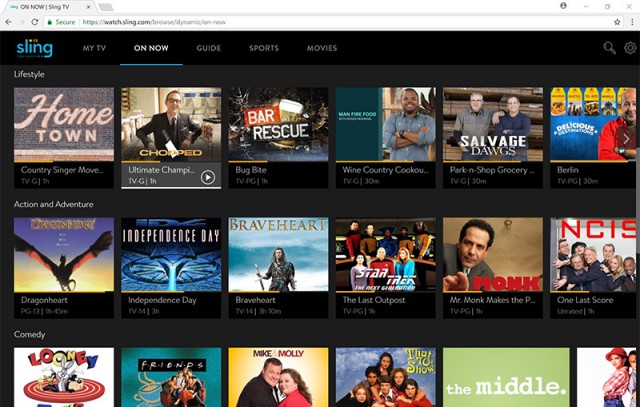
Sling TV now available in Google Chrome on Windows and macOS
Making a streaming service available on as many platforms as possible is key to attracting more and more customers in the cord-cutting era, and, to that end, Sling TV is now opening its doors to Google Chrome users.
Sling TV says that its new player, which is available in beta at this stage, can be used by Chrome users on Windows devices and Macs and comes with support for both live and on-demand content.
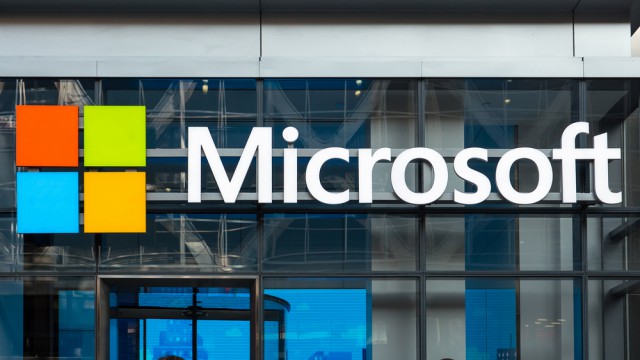
Microsoft releases .NET Core 2.0 -- here's what's new
The .NET Framework transformed with the release of .NET Core last year. From a Windows-only affair, the framework has gone cross-platform. What's more, Microsoft also made it open-source, adding support for macOS, Linux, Android and iOS.
And now it's taking things a step further by rolling out .NET Core 2.0, which comes with some major improvements to make it "easier to use and much more capable as a platform." Let's take a look at what is new.

ADATA announces SE730H 3D NAND USB-C External SSD for Windows, macOS, and Linux
USB-C is the future, and if your computer doesn't have the connector, I feel sorry for you. While it isn't a necessity at the moment, it will be eventually. Luckily, you can sometimes leverage adapters and cables to connect a Type-C device to a machine that is Type-A only.
Speaking of USB-C devices, ADATA has a new 3D NAND External SSD that uses that connector. Called "SE730H," it is the successor to the company's diminutive "SE730." Not only does the new model offer higher capacities, but the 3D TLC NAND should lend to improved longevity. While it uses 3.1 gen 2, the drive tops out at 500MB/s for both read and write. The "H" variant retains the same good looks and MIL-STD-810G/IP68 water and dust proofing as the prior model too.

Windows 10 is failing us
While Windows 10 is arguably successful from a market share perspective, it is still failing in one big way -- the user experience. Windows 8.x was an absolute disaster, and Microsoft's latest is certainly better than that, but it is still not an enjoyable experience. Quite frankly, the people clutching to Windows 7 aren't so crazy.
The most glaring issue is the privacy aspect, or lack thereof. Look, telemetry is a good thing for the development of the operating system, but users shouldn't be forced to participate. Hell, I don't even totally mind if it is opt out rather than opt in. But if a user wants to remove their computer entirely, that should be their right.
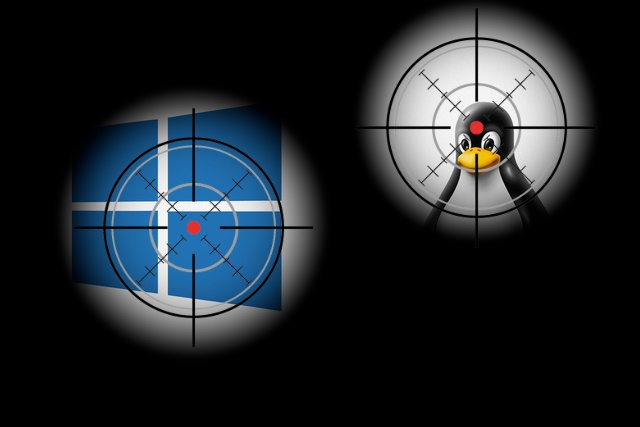
WikiLeaks: CIA steals SSH credentials from Windows and Linux with BothanSpy and Gyrfalcon tools
The latest addition to WikiLeaks' Vault 7 cache of CIA tools and documents gives details of tools used by the agency to attack Windows and Linux computers. The BothanSpy and Gyrfalcon projects can be used to intercept and exfiltrate SSH (Secure Shell) credentials.
BothanSpy is used to target Windows, while Gyrfalcon is used for Linux machines, with both working in different ways. A number of popular distros can be hit by Gyrfalcon, including CentOS, Debian, RedHat, openSUSE and Ubuntu, and both tools function as implants that steal credentials before transmitting them to a CIA server.
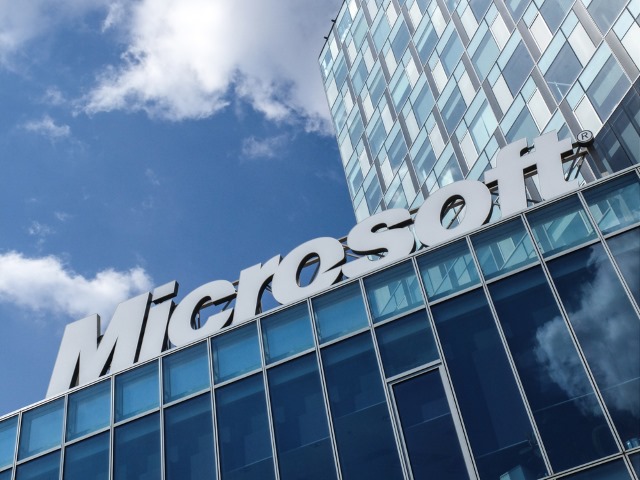
Microsoft shutters Windows App Studio
Microsoft is killing Windows App Studio, its web-based app development tool. The news was announced late last week by the Windows Apps Team. However, don't be too alarmed -- the Redmond giant has already prepared a replacement.
Windows App Studio has long been the go-to place when it comes to the first steps in app development. Starting as a Windows phone app, it transformed over the years and became available for desktop operating systems, including Windows 10.
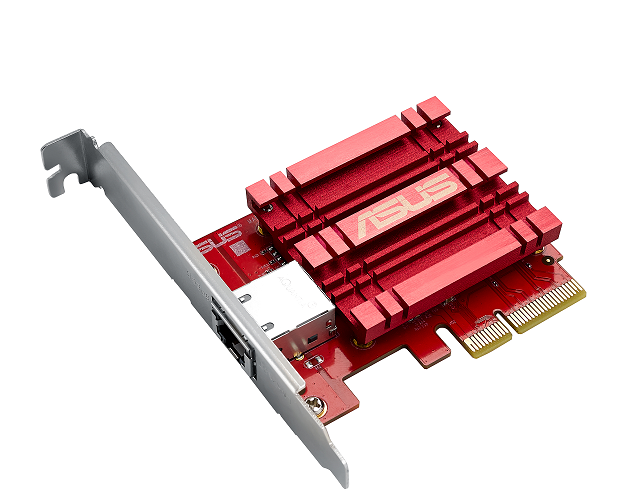
ASUS releases affordable XG-C100C 10Gbps PCIe network adapter for Windows and Linux
Do you need a 10Gbps network adapter? I am going to go out on a limb and say no. Many homes only use Ethernet for the internet -- not transferring files between machines on the network. While some businesses could absolutely benefit from the speed, installing such a card in a workstation would be pointless without a 10Gbps network to which it could connect. That's the thing, to get the full speed of such a card, you need a compatible network, which you probably do not have.
I say all of this to highlight that a 10Gbps PCIe network adapter card for consumers is as bit silly right now, but that hasn't stopped ASUS from making one. Today, the company announces the XG-C100C 10Gbps PCIe network adapter for both Windows and Linux. While not the first 10Gbps card, it is surprisingly affordable.
